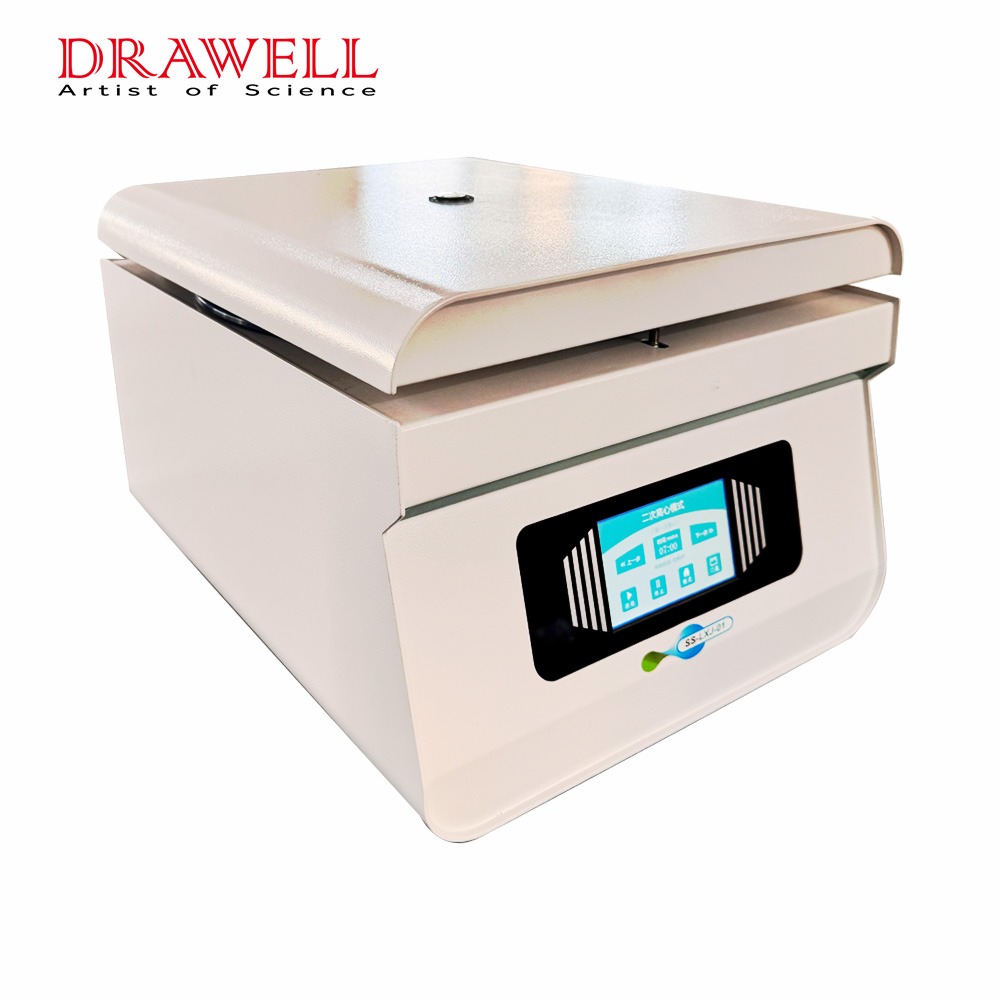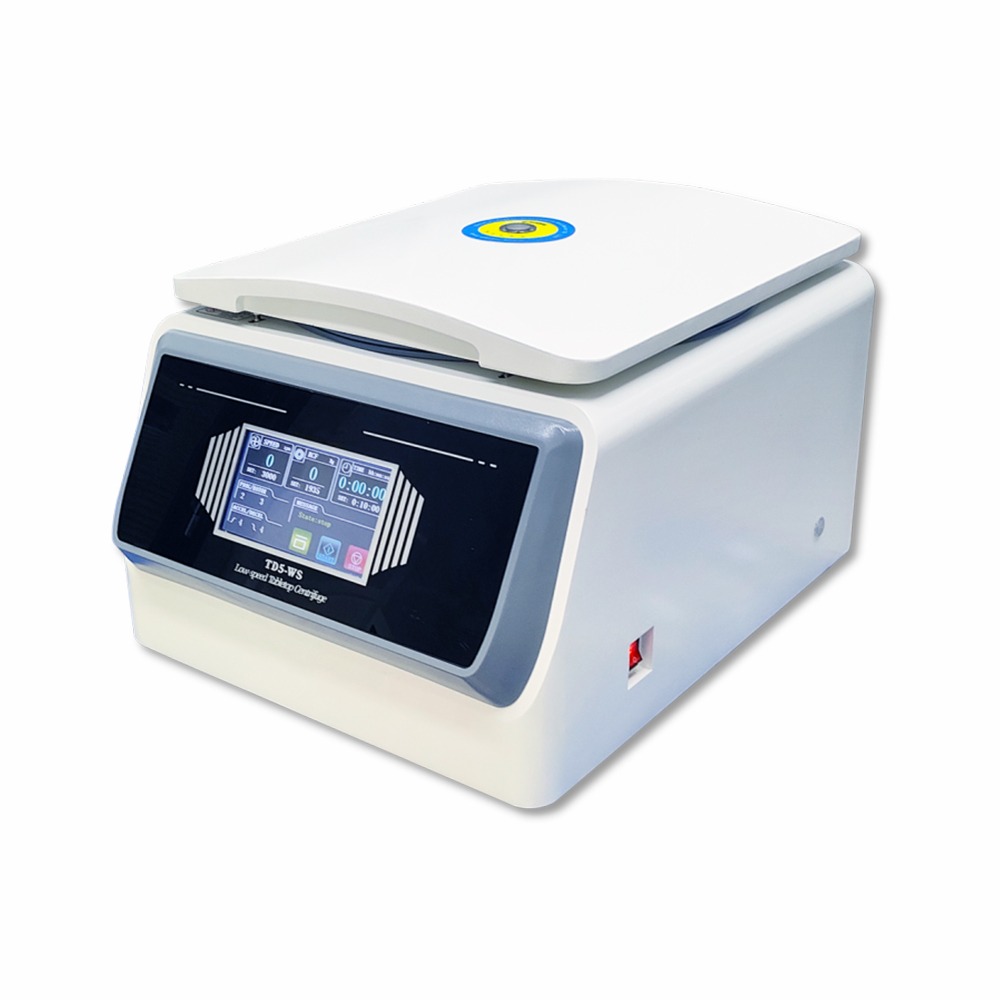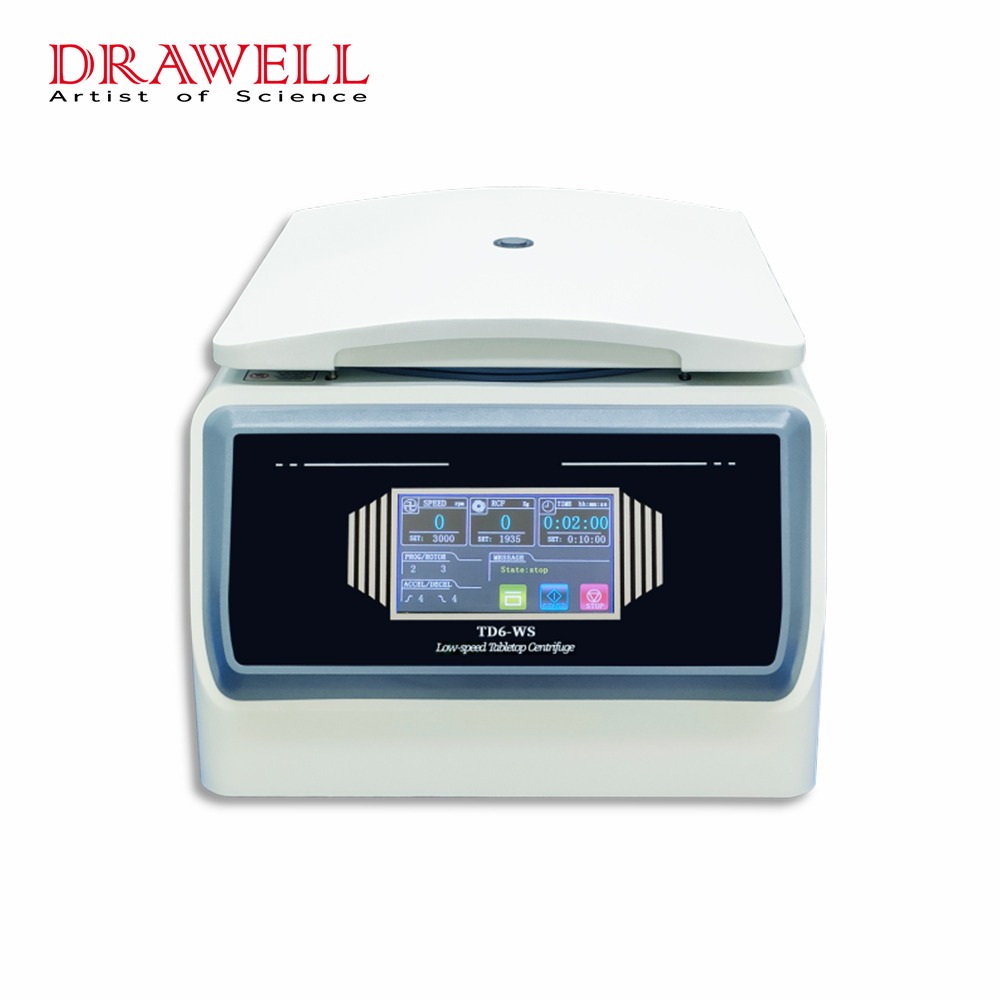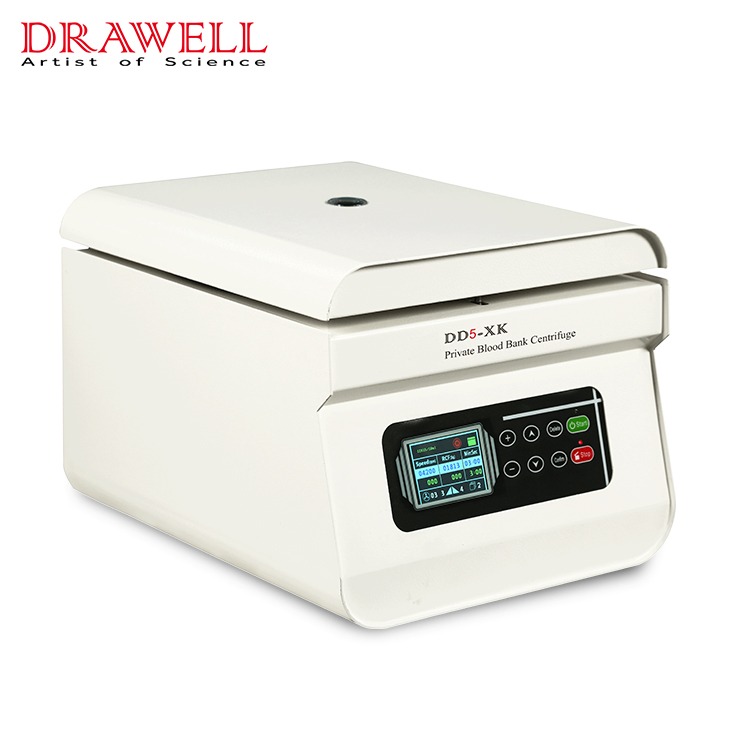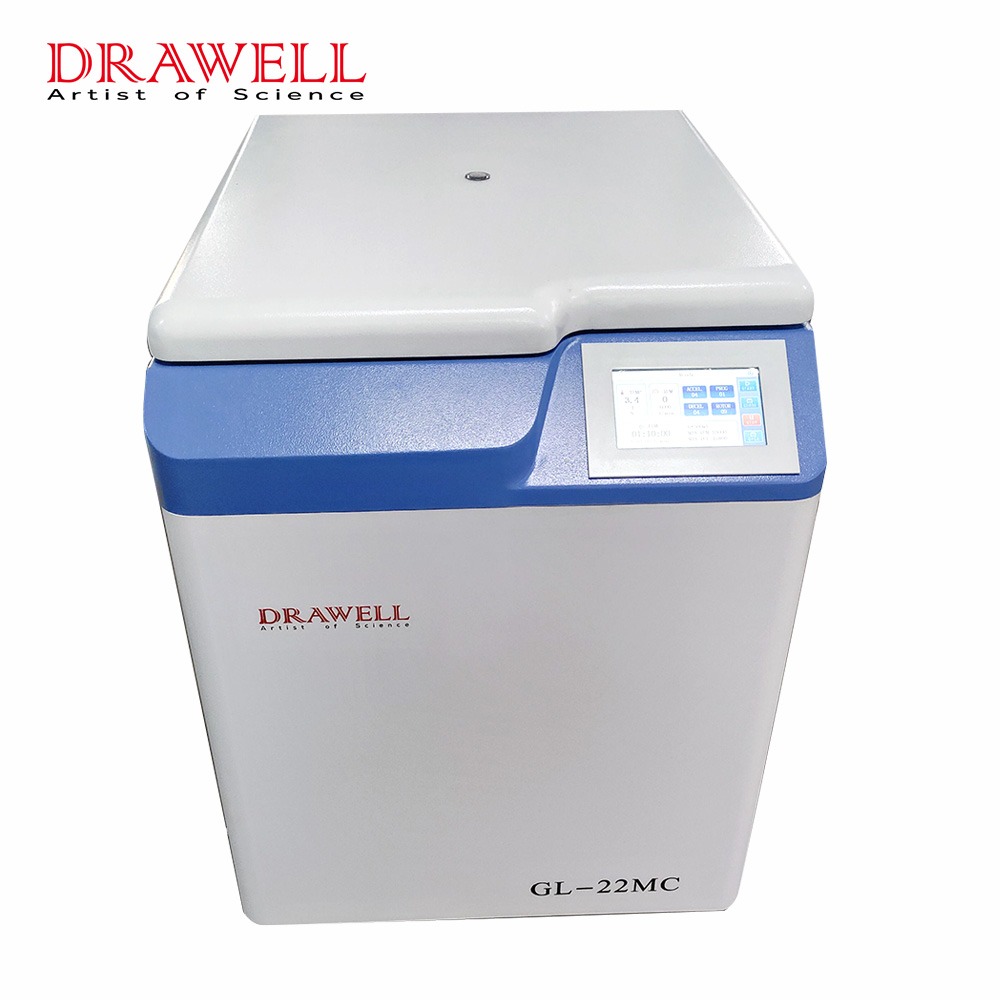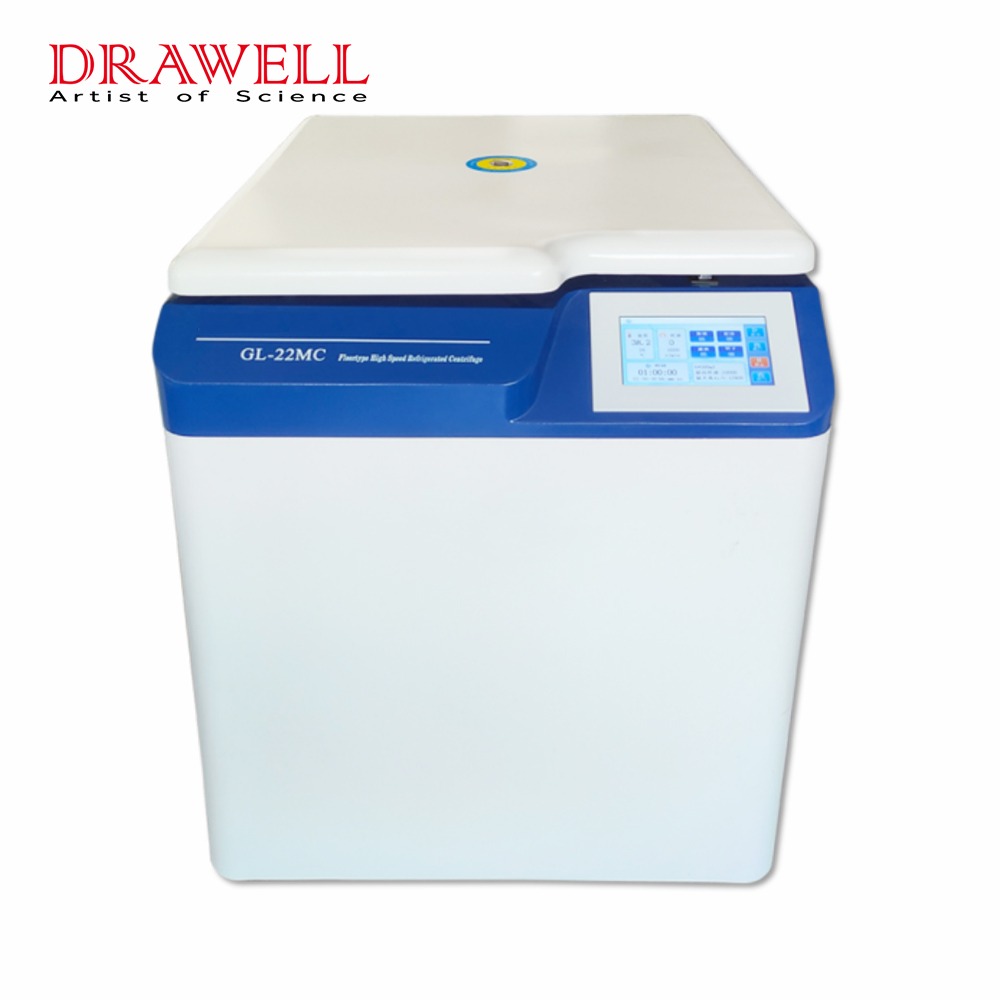Centrifuges are strong scientific machines that employ centrifugal force to separate material based on their density. They are essential in many scientific domains, including biology, chemistry, and medicine. When working with centrifuges, one recurring question is: how long does a centrifuge spin? The duration for a centrifuge to spin depends on various parameters, including the type of sample, desired separation, and centrifugal speed. In this article, we will investigate these parameters in depth and provide information on the typical duration of centrifuge spinning in various applications.
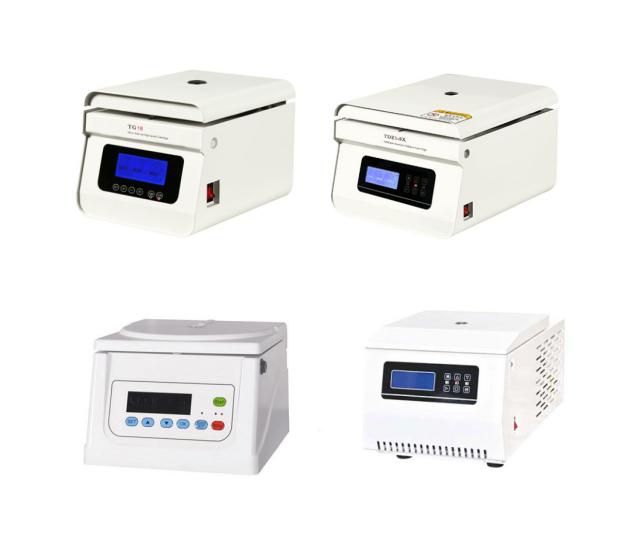
What Are the Factors Affecting Centrifuge Spin Duration?
Sample Type and Volume
The sample’s properties, such as its kind and volume, have a considerable impact on the length of centrifuge spinning. Smaller sample volumes often take less time than larger volumes. The centrifuge can exert more force per unit volume on smaller volumes, resulting in faster separation. Larger quantities, on the other hand, may necessitate longer spin times to guarantee complete separation and appropriate pellet formation.
Sample Density
The centrifuge’s speed, which is commonly measured in revolutions per minute (RPM) or relative centrifugal force (RCF), is an important element in determining the spin duration. Higher centrifuge speeds produce greater centrifugal force, which results in faster separation. To avoid destroying fragile or sensitive components, it is critical to evaluate the centrifuge’s limitations as well as the sample’s specific requirements.
Centrifuge Rotor and Configuration
The spin time can be influenced by the design and parameters of the centrifuge rotor. The capacity, shape, and balance of the rotor determine the distribution of centrifugal force within the centrifuge, hence influencing the separation process. Using the correct rotor and carefully tuning it for the sample helps optimize the spin time and ensure efficient separation.
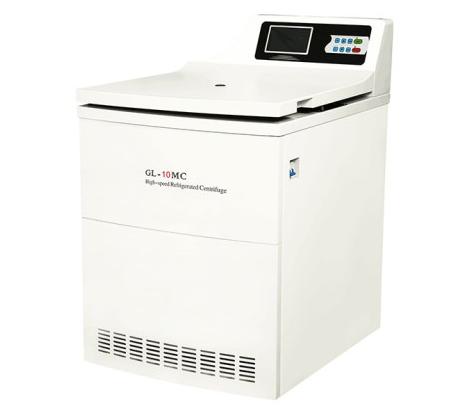
What Are Typical Centrifuge Spin Durations in Different Applications?
Depending on the application and sample properties, the durations of centrifuge spinning can vary greatly.
Cellular and Molecular Biology
Cell pelleting, subcellular fractionation, and organelle isolation are all common applications of centrifugation in cell and molecular biology. Depending on the technique and the desired effects, the spin lengths in these applications might range from a few minutes to several hours. A normal spin to separate cell pellets, for example, may last 5 to 10 minutes at speeds ranging from 1,000 to 3,000 RPM. Depending on the specific components being separated, subcellular fractionation or organelle isolation operations may include numerous spins at varying speeds and durations.
DNA/RNA Extraction
Centrifugation is an important stage in the separation of nucleic acids from other biological components during DNA or RNA extraction methods. Spin times range from 10 to 20 minutes, with speeds ranging from 8,000 to 12,000 RPM. The duration is determined by parameters such as the extraction kit used, the target nucleic acid yield, and the sample amount. Additionally, subsequent centrifugation operations with varying durations may be required during the purifying process.
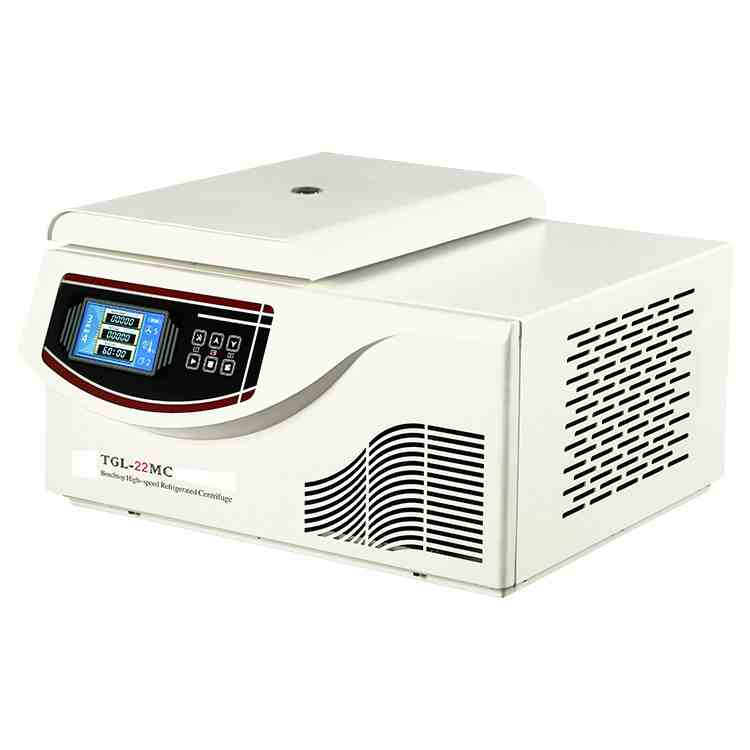
Protein Purification
Several centrifugation processes are frequently used in protein purification to separate various fractions based on size, density, or affinity. Protein purification spin times can range from 30 minutes to several hours, depending on the complexity of the purification process and the individual technique used. The duration can vary for different steps, such as cell lysis, clarification, and separation of supernatant or pellet. High-speed centrifugation steps may require longer spin durations to achieve optimal separation and purity.
Blood Analysis
Centrifugation of blood samples is required in clinical laboratories to separate plasma or serum from cellular components. Blood sample spin times can range from 10 to 15 minutes at speeds ranging from 2,000 to 3,000 RPM. The period may vary depending on parameters such as the intended plasma or serum yield, the type of tube utilized, and the centrifuge model. To ensure consistent and reliable findings, it is critical to adhere to defined standards.
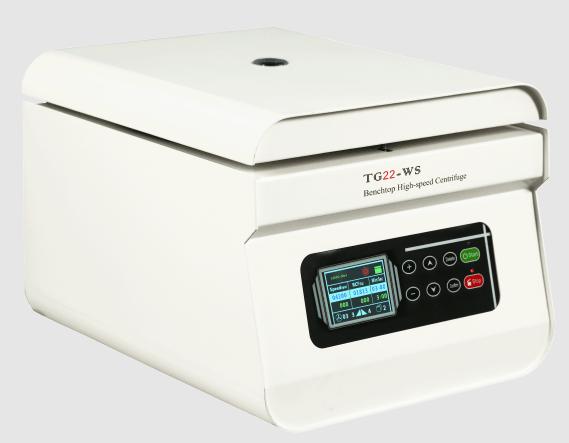
Industrial Applications
Centrifuges are used in a variety of industries including oil separation, wastewater treatment, and chemical processing. Spin durations in industrial centrifugation might vary greatly depending on the application requirements. Some processes may necessitate short spin durations of a few minutes, while others may have lengthy spin durations of several hours. The centrifuge and its settings are determined by parameters such as desired separation efficiency, throughput, and the characteristics of the material being processed.
Summary
How long does a centrifuge spin, which depends on multiple factors, including the sample type, volume, centrifuge speed, and desired separation. While there is no fixed duration for all centrifugation operations, recognizing these aspects can assist researchers and professionals in estimating the approximate durations required for their unique applications. To establish the best spin duration for greatest outcomes, examine specialized protocols, guidelines, or expert advice. Scientists can efficiently use centrifuges to produce exact and efficient separation in their experiments and analysis by carefully addressing these parameters.


